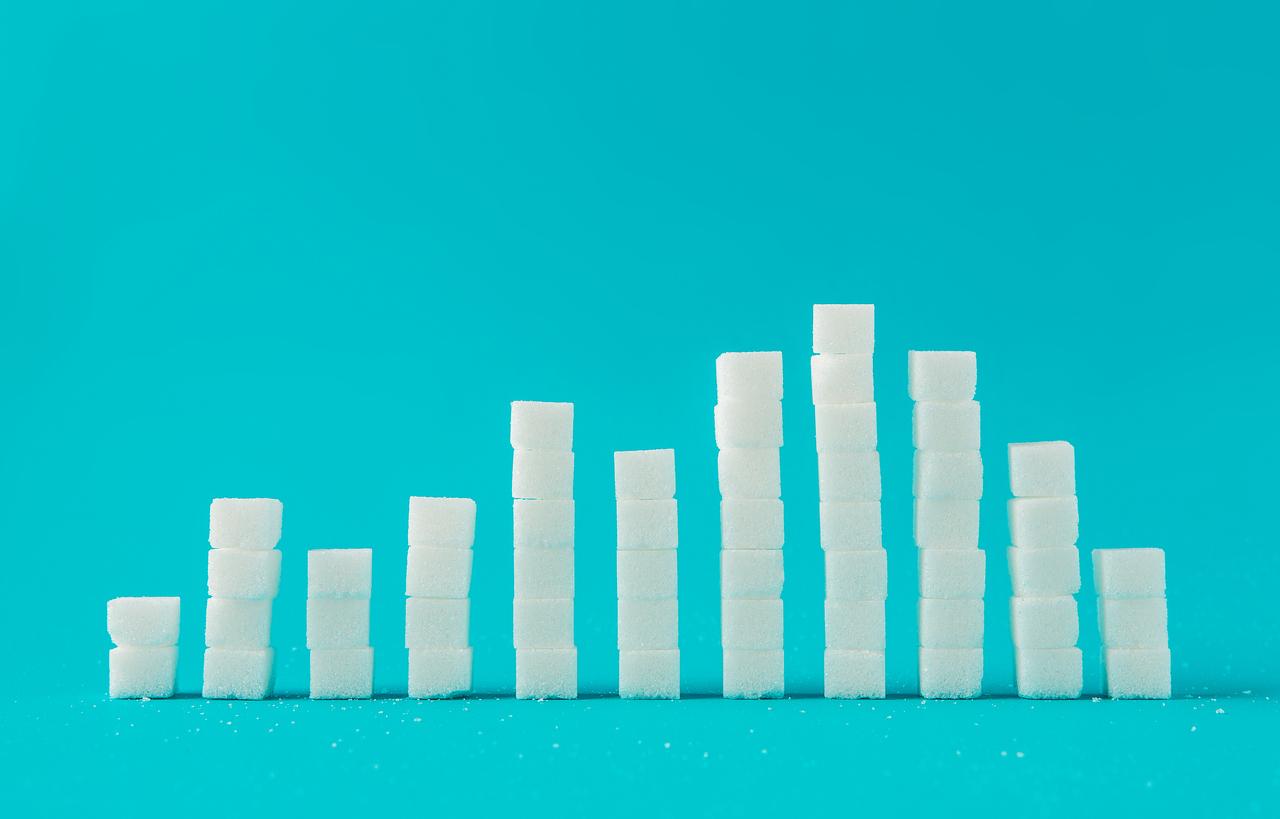The ratio between the length of the index and ring fingers could tell a lot about one’s drinking habits, according to a team of researchers.

- Alcohol consumption may be influenced by prenatal sex hormones (testosterone and estrogen), which act on embryonic development and seem to leave visible traces in the shape of our hands.
- The 2D/4D ratio, which measures the proportion between the index and ring fingers, would thus be a biological marker of prenatal exposure to these hormones, and therefore of the propensity to drink alcohol.
- The study highlighted a correlation between a low 2D/4D ratio (i.e. a ring finger longer than the index finger) and increased alcohol consumption, especially among men.
What if the length of your fingers could predict your drinking behavior? At least that’s what a new study published in theAmerican Journal of Human Biology : The ratio between the length of the index (2nd finger) and ring finger (4th finger) could reveal some clues about your drinking habits.
The role of prenatal sex hormones
According to researchers from Swansea University (UK) and Medical University of Łódź (Poland), there is evidence that alcohol consumption can be influenced by prenatal sex hormones. However, the latter, notably testosterone and estrogen, act on embryonic development and seem to leave visible traces in the shape of our hands. The “2D/4D” ratio, which measures the proportion between the index and ring fingers, would thus be a biological marker of prenatal exposure to these hormones, and therefore of the propensity to drink alcohol.
“Alcohol-dependent patients often have ring fingers significantly longer than their index fingers, reflecting elevated exposure to testosterone relative to estrogen”details Professor John Manning, lead author of the work, in a press release.
The study, carried out on a sample of 258 students including 169 women, highlighted a correlation between a low 2D/4D ratio (i.e. a ring finger longer than the index finger) and high alcohol consumption. Men, already known to have higher consumption rates and increased mortality linked to drinking, also show more marked associations than women.

Preventing and treating alcohol abuse
These results pave the way for a better understanding of alcohol-related behaviors, from simple social use to severe dependence. “Understanding the biological factors behind these differences between individuals could help prevent and treat alcohol abuse”believes Professor Manning. This study adds to the professor’s work on the 2D/4D ratio, already explored to predict medical outcomes after Covid-19 or sports performance (athletes would have an exceptionally low ratio).
Our fingers are therefore not just tools: they could reveal our health and our lifestyle. Even our personality, since studies have shown that men and women whose ring finger is longer than the index finger show more verbal aggression.

















